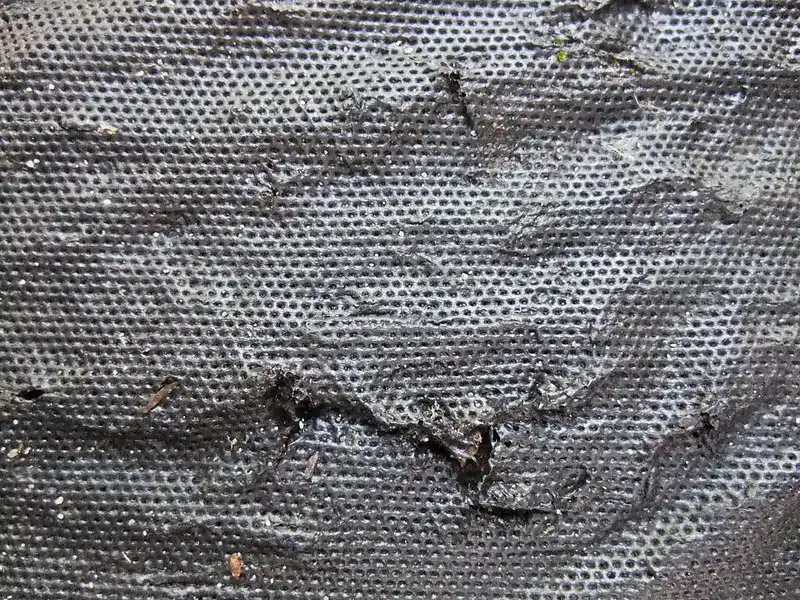Weed membrane is a tad controversial. There are a lot of different names, weed fabric, weed barrier, membrane, landscape fabric, but they all refer to the same thing.
Landscape fabric is a bonded plastic or textile product that is layered on top of the ground (around established plants) to prevent weed growth. This is achieved by preventing sunlight from reaching germinating weed seeds whilst also inhibiting the growth of scattered seeds through the top of the membrane.
So if it’s such a good idea, why all the debate?
Detractors argue that weed fabric is both environmentally unfriendly and unfit for purpose, pointing out that weeds often do grown both underneath and above the fabric. Those on the other side say that fabric is a much better alternative to loading the soil with weed-killer and that unwanted growth is a result of shoddy products, not the idea of weed fabric itself.
Personally, I’ve had good results with landscape fabric. In this article I’m going to look at some of the pros and cons of using the material in the garden. I’ll also make my top five product picks for 2024.
The Short Version: Best Weed Membranes
(Scroll down for in-depth reviews.)
- GardenGloss Weed Control Membrane (££) (Top Pick)
- ANSIO Weed Control Membrane (£) (Budget Option)
- Yuzet Heavy Duty Fabric (££)
- BEGONDIS Heavy Duty Weed Control Membrane with Garden Pegs (£)
What Is a Weed Membrane?
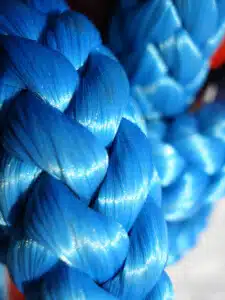
There are two types of landscape fabric: woven and non-woven. Products are usually made with polypropylene, a type of durable plastic that is also used to make tough weatherproof rope (see the picture on the left).
Woven fabrics are made from weaving plastic fibres together so that they resemble cloth textiles. Because of this, they are very strong and durable.
Non-woven membranes are made by bonding materials together, usually under high heat. They tend to be more permeable than their woven counterparts but break down faster.
What to Look for in Weed Membrane/Landscape Fabric
Permeability: Landscape fabric tends to be used in one of two circumstances – either on flowerbeds under a layer of organic mulch or on paths and driveways underneath gravel. If you’re buying for the former situation, then permeability will be a big factor and you’ll want to opt for a “non-woven” product. Woven membranes tend to be slightly less porous than non-woven membranes. If you’re intending to underlay a gravel path or drive, then a heavy-duty fabric (which usually won’t allow water and nutrients into the soil as well as its permeable counterparts) is the way to go.
Durability: There are two reasons for making sure that your membrane is durable. The first, obviously, is that you don’t want it to break down and let weeds through. The second, less obvious reason, comes from the need to change it every five to ten years or so. If you apply a mulch over your membrane then it’s eventually going to break down and provide a nutritious layer of soil for unwanted weeds (if you’re using gravel it’s a different matter). So you will need to replace on a somewhat consistent basis. If the fabric has broken down in the ground this becomes more difficult.
Best Weed Membranes
***Full Disclosure – Where appropriate, I’ve linked product images to commercial sites. If you buy from these sites, I earn a small affiliate fee, which helps me keep Urban Turnip going.***
1. GardenGloss Weed Control Membrane

The GardenGloss weed membrane is my top pick. It’s durable without being impermeable (100gsm), has very good UV protection, and breathes very well. It’s also reasonably priced for a higher-tier product.
The issue with weed membranes is that if you go too far with a single feature, other aspects suffer. If the fabric is thick, this means it lasts longer. But it also makes it less breathable and permeable. Thinner alternatives will let water through, but then the risk of weeds increases.
The GardenGloss fabric hits a nice balance of all these qualities. Reviewers are also overwhelmingly positive about the fabric not letting weeds get through.
2. ANSIO Weed Control Membrane
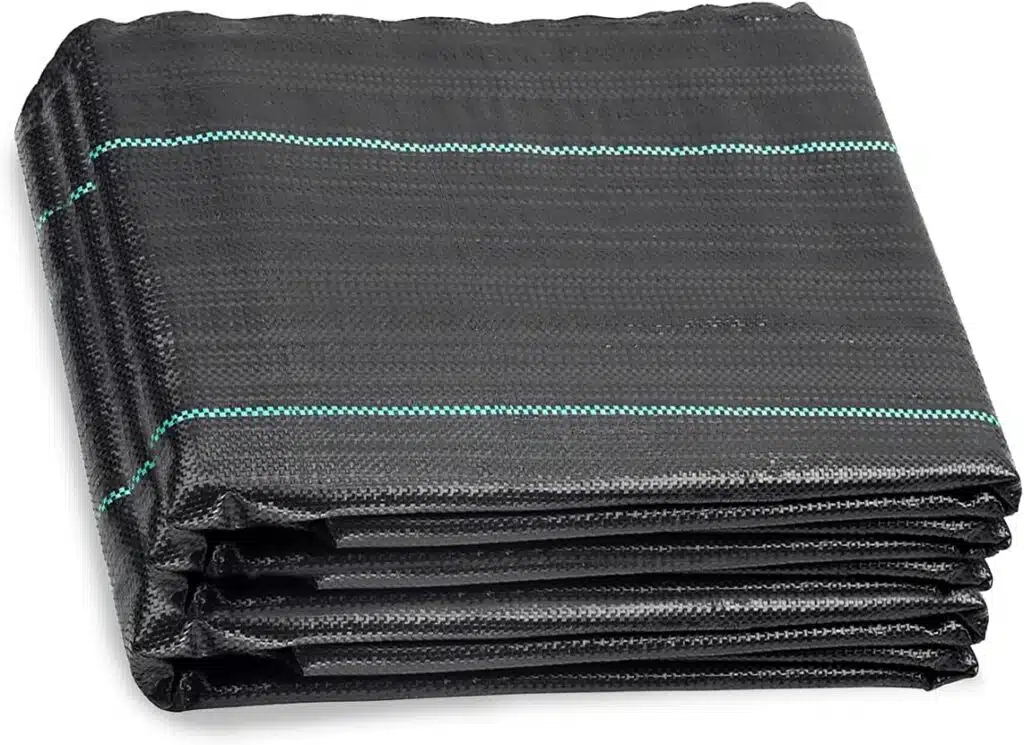
This is the budget option on the list. If you’re looking for an inexpensive weed membrane that will do the job well enough, then this is your best bet. It has all the features you would expect, including breathability, permeability, and UV protection.
It’s also available in a wide assortment of sizes. If you’re looking to cover a large area without spending too much money, then you won’t find a more cost-effective solution.
It’s not as thick as other more expensive alternatives and there have been some complaints from reviewers about weeds getting through. That said, they are in the minority. For the price, I can’t imaging you’ll find better.
3. Yuzet Heavy Duty Fabric
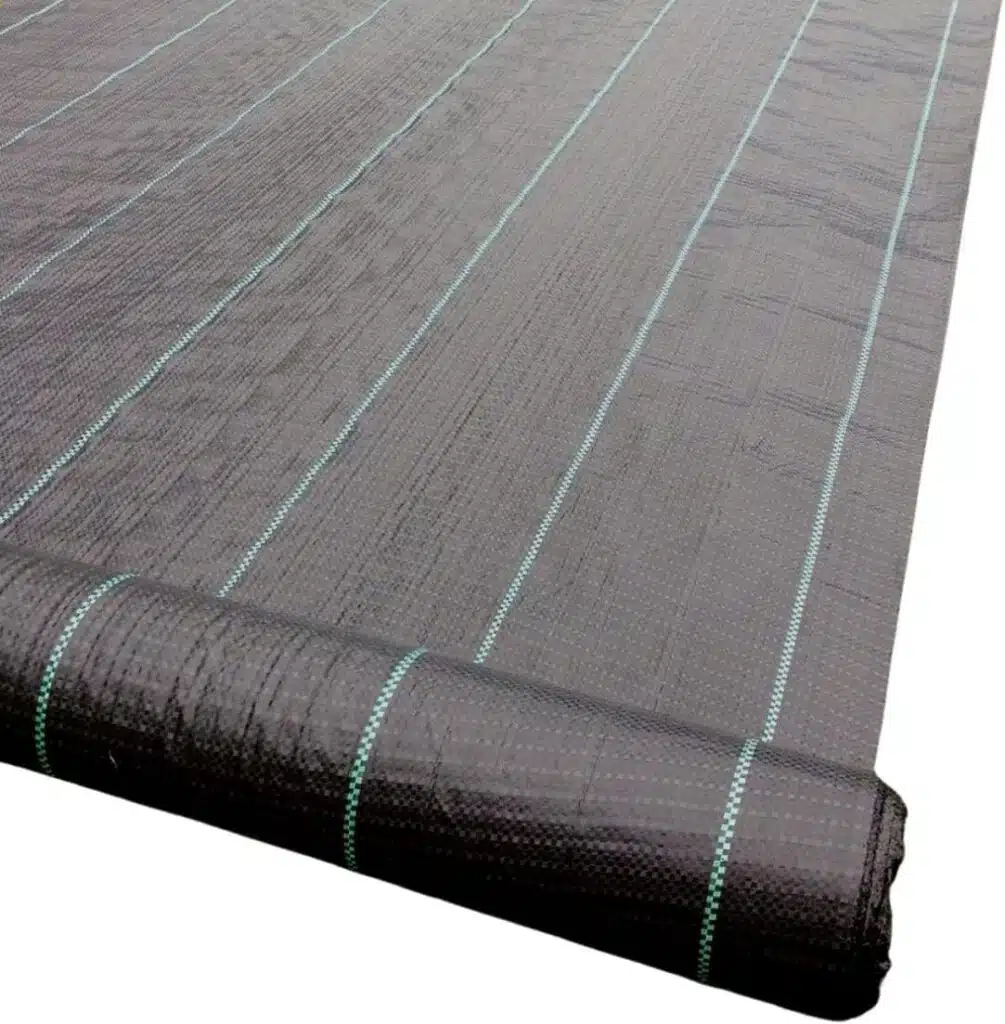
This woven fabric from Yuzet is heavy-duty enough to be used for everything from pathways to driveways. In terms of laying in growing areas, it does allow the passage of water and nutrients but not to the same extent as nonwoven options. That said, if you’re really struggling with tough weed growth in a particular area, then it will definitely do the trick.
4. BEGONDIS Heavy Duty Weed Control Membrane with Garden Pegs
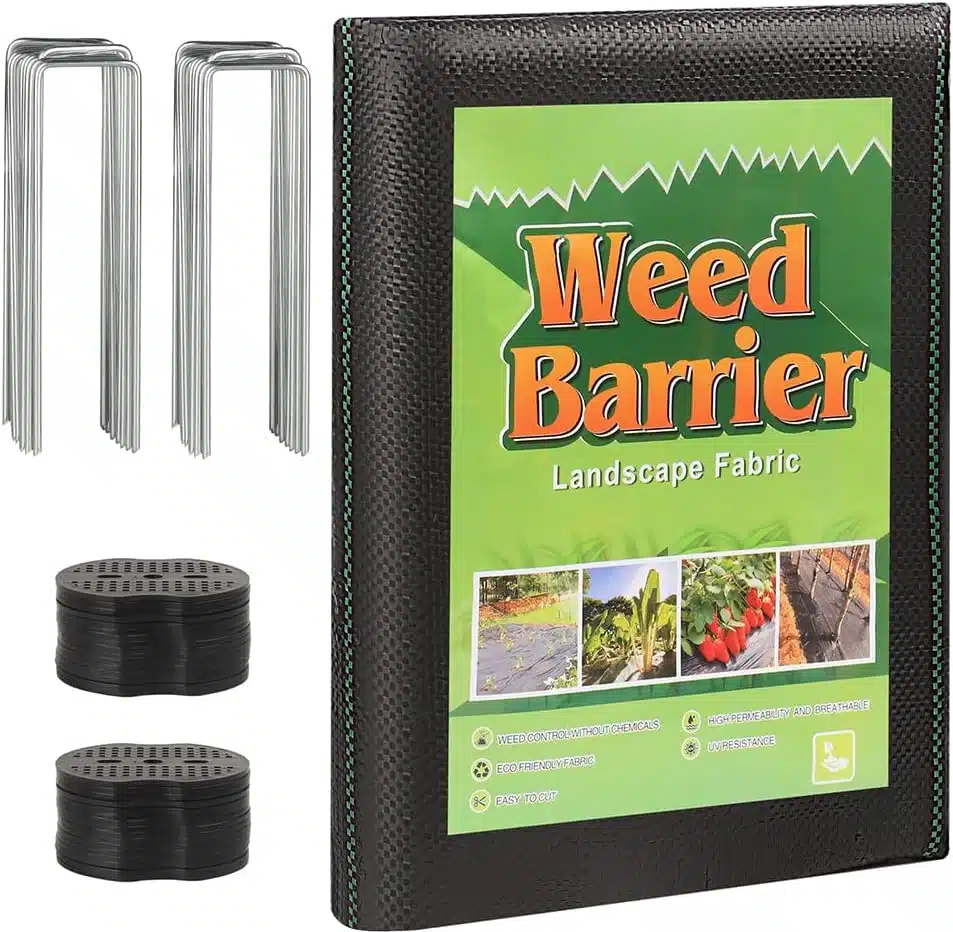
I’ve included this selection because it’s a high-quality, reasonably priced option for small-space gardeners. It includes pegs and gaskets so you don’t need to worry about buying them separately.
You can pick from a selection of sizes (from 10m² to 50m²). You’ll get eight staples and gaskets in the 10m² pack and thirty of each in the 50m², with varying amounts for other sizes.
The fabric is treated for UV-resistance, permeable and chemical-free. And while it is reasonably strong, it’s not the heaviest of heavy duty fabrics, so if you’re looking for something extremely tough, you might want to consider other options.
What are your thoughts?
So there you have it! What are your thoughts about my selection of the best weed membranes? Have you tried any of the suggestions? Drop me a line via the about us page and let me know!
References
Garden Myths – Weed Barrier Cloth
Washington State University – Landscape Fabric
Root Simple – Landscape Fabric Mistakes
